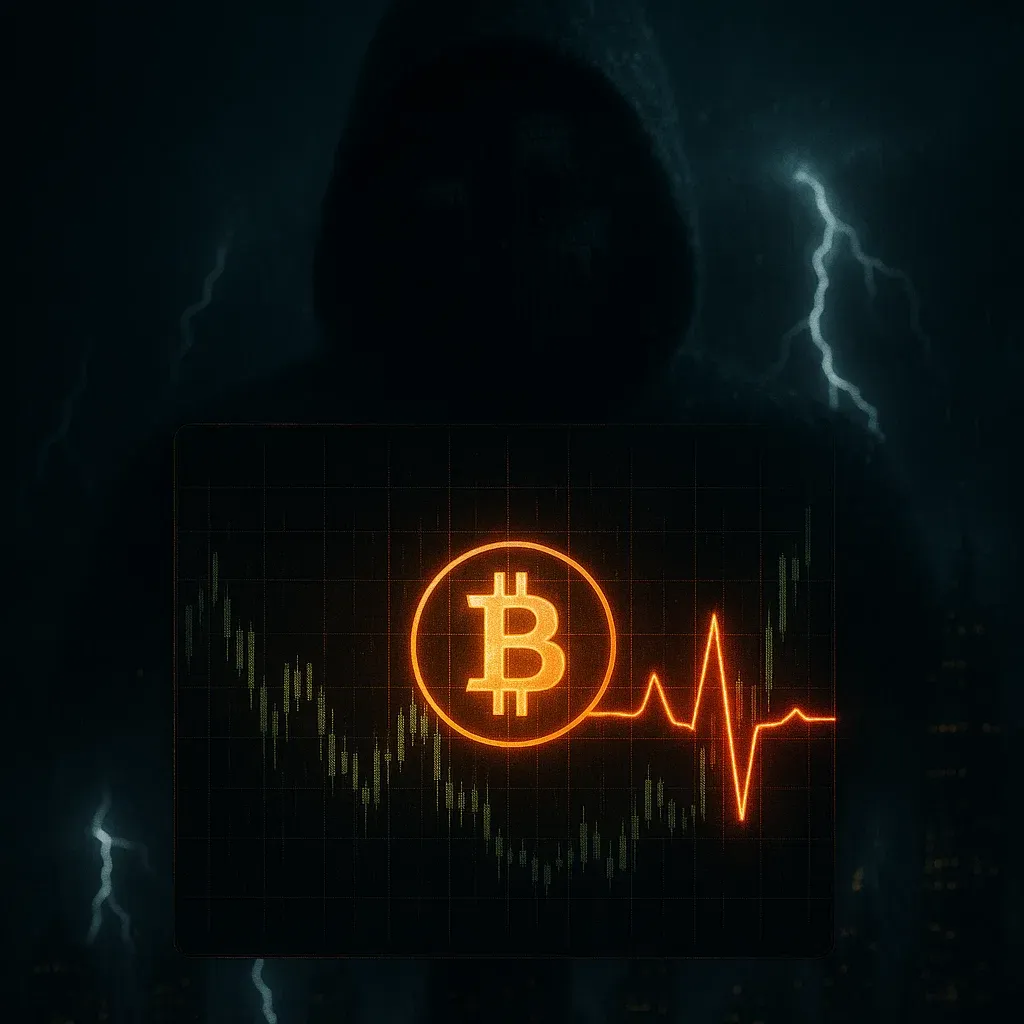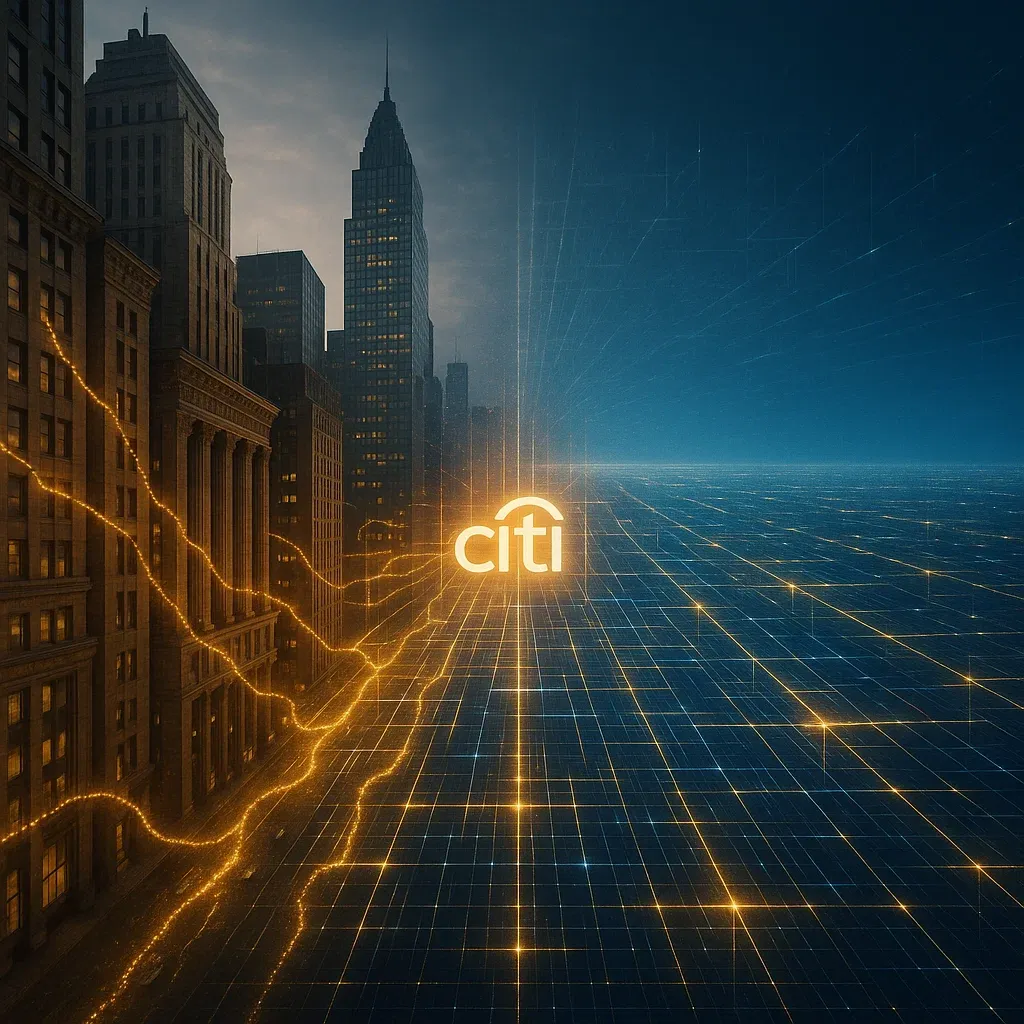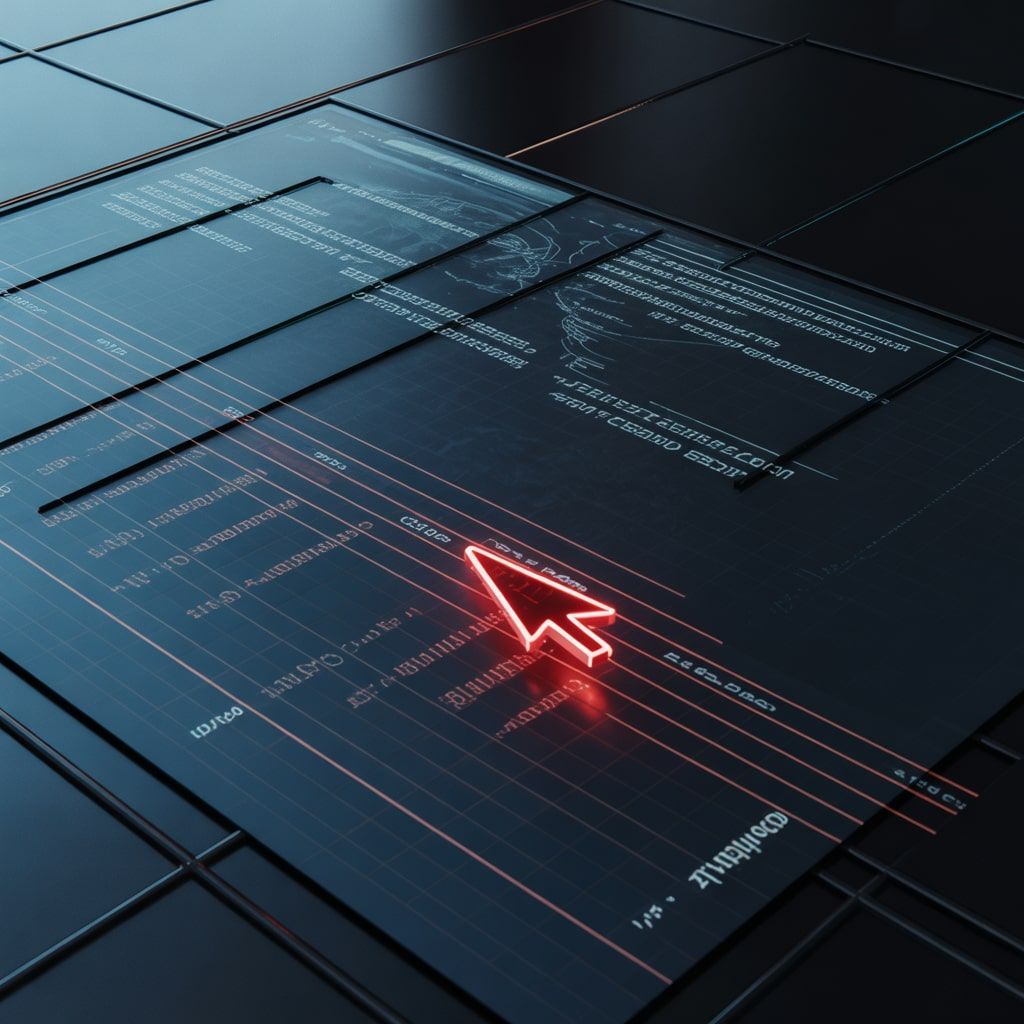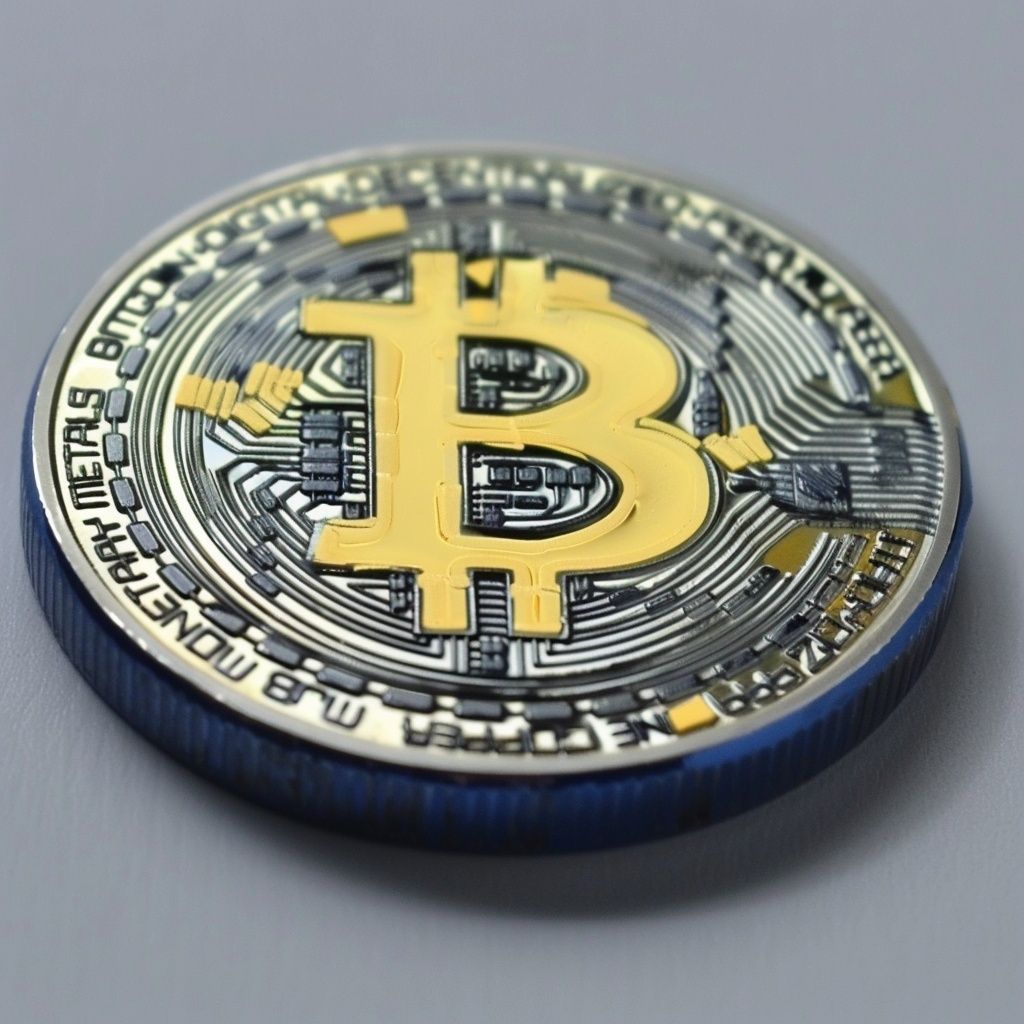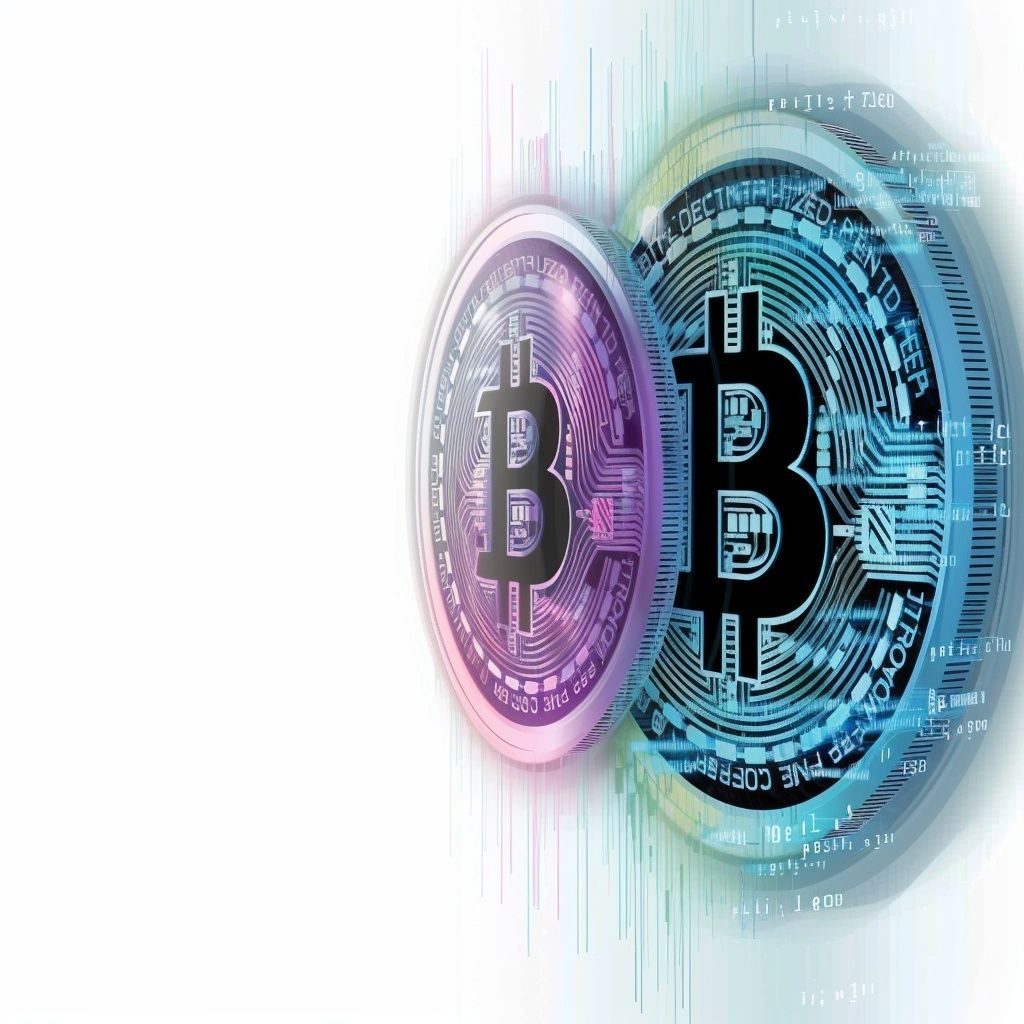Ripple Leads Europe’s Tokenization Push as MiCA Turns Banks Toward Blockchain
Europe’s Tokenization Era — Ripple Leads as MiCA Transforms Finance
With MiCA now live, Europe just became the world’s most bank-friendly crypto zone. From Frankfurt to Paris, digital assets are going institutional — and Ripple is steering the ship.
⚡ Quick Hits
- 🇪🇺 MiCA regulation now fully in force across the EU
- 🏦 Societe Generale, BBVA building tokenization & digital custody platforms
- 🌉 Ripple emerges as bridge between banks and blockchain
- 💶 Tokenized assets powering the EU’s Capital Markets Union vision
- 🧩 Europe targets trusted, compliant, ESG-aligned digital finance ecosystem
- 🕐 Craddock (Ripple): “Clarity is here — now we need speed.”
🌍 Europe’s Tokenization Moment
Forget Silicon Valley. Forget Singapore. The epicenter of digital finance is now Brussels, Frankfurt, and Paris.
With MiCA (Markets in Crypto-Assets) officially live, Europe has done what other regions couldn’t — given banks, fintechs, and blockchain projects a shared regulatory language.
“MiCA has given European banks and financial institutions the confidence to engage in the digital asset industry,” said Cassie Craddock, Ripple’s Managing Director for the UK & Europe.
That confidence is turning into collaboration. Banks like Societe Generale and BBVA are partnering with Ripple to build tokenization and digital custody rails — a new financial backbone connecting traditional finance (TradFi) with decentralized systems.
🔄 From Caution to Collaboration
Not long ago, European banks were allergic to crypto. Today, they’re designing tokenized capital markets with blockchain-native firms.
MiCA flipped the narrative. By defining clear rules for stablecoins, custodians, and service providers, it gave TradFi a compliance bridge — and gave crypto companies access to institutional scale.
Ripple is leveraging this shift to help banks safely experiment with:
- Tokenization of real-world assets (RWAs)
- Cross-border settlements
- Liquidity and payment infrastructure
Craddock calls tokenization “a pillar of Europe’s Capital Markets Union,” arguing it mobilizes household savings, cuts costs, and democratizes access to capital for small businesses and investors alike.
⚖️ Regulatory Clarity Meets Urgency
Europe may have clarity — but speed still matters.
“Many obstacles remain before the full potential of tokenization is unlocked,” Craddock warned.
With the U.S., Middle East, and Asia pushing forward their blockchain strategies, the race is now about execution. Clarity without action risks letting others capture the innovation curve.
Her message echoes across the industry: Europe leads on regulation — now it must lead on delivery.
💼 Ripple’s Strategic Playbook
Ripple’s presence in Europe isn’t new — it’s calculated. From cross-border liquidity to settlement systems, the company has spent years embedding itself into the financial DNA of the continent.
Now, it’s moving up the stack — from payments to tokenization infrastructure.
By aligning with MiCA’s compliance-first framework, Ripple positions itself as Europe’s institutional bridge:
- Regulatory-friendly
- Enterprise-grade
- Fully interoperable with the EU’s ESG and reporting standards
In a market obsessed with trust, transparency, and auditability, Ripple’s regulatory-first posture makes it the natural partner for Europe’s tokenized future.
🧭 The Bigger Picture: Europe’s Digital Finance Vision
The EU’s ambition is bigger than crypto. It’s building a tokenized financial ecosystem — where programmable, transparent, low-cost assets move freely across borders.
Unlike the speculative NFT wave of 2021, Europe’s approach is institutional-first:
- Tokenized government bonds
- Tokenized fund shares
- Tokenized real estate and cross-border payments
This is finance re-architected — where digital assets aren’t collectibles, but regulated financial instruments powering liquidity, investment, and economic inclusion.
🧠 Why It Matters
Europe has quietly positioned itself as the global benchmark for digital asset regulation. MiCA didn’t just clarify the rules — it legitimized the entire industry.
With Ripple leading tokenization dialogue, banks onboarding blockchain, and policymakers coordinating across the EU, Europe is no longer playing catch-up.
It’s building the blueprint.
“We’re genuinely excited about the opportunity for the blockchain industry here in Europe,” Craddock said. “And ready to play our part in building the future of tokenization.”
TL;DR
- 🇪🇺 MiCA makes Europe the world’s most advanced crypto jurisdiction
- 🏦 Banks like Societe Generale, BBVA move into tokenization
- 🌉 Ripple acts as bridge between TradFi and blockchain
- 💶 Tokenization fuels Capital Markets Union ambitions
- ⚖️ Clarity achieved — speed now the challenge
- 🌍 Europe is setting the global standard for digital finance

Recent News
All Time High • Live
Have questions or want to collaborate? Reach us at: info@ath.live
